Title: Optimizing Page Titles and Headings for Improved SEO
In the world of search engine optimization (SEO), every element of a website plays a crucial role in determining its visibility and ranking on search engine results pages (SERPs). One often underestimated aspect that can have a significant impact on SEO is the optimization of page titles and headings. When done effectively, this optimization can help improve a website’s visibility, drive more organic traffic, and ultimately enhance the overall user experience.
Page Titles: The First Impression Matters
The page title, also known as the title tag, is one of the most important on-page SEO elements. It serves as the first impression of a webpage to both search engines and users. A well-crafted page title should accurately and succinctly describe the content of the page while incorporating relevant keywords. It should be compelling, informative, and relevant to the page’s content.
To optimize page titles for improved SEO, consider the following best practices:
1. Incorporate targeted keywords: Identify the primary keywords related to the page’s content and strategically include them in the page title. However, it’s crucial to maintain a natural and readable title that resonates with users.
2. Keep it concise: Page titles should ideally be between 50-60 characters to ensure they are fully displayed on SERPs. This also helps in conveying the main message of the page effectively.
3. Unique titles for each page: Avoid using duplicate page titles across different pages of the website. Each page should have a unique, descriptive title that accurately reflects its content.
Headings: Structuring Content for Readability and SEO
Headings, or H1-H6 tags, are essential for structuring content and providing a hierarchy of information on a webpage. Search engines use headings to understand the context and relevance of the content, making them an integral part of on-page SEO optimization.
Here are some key considerations for optimizing headings for improved SEO:
1. Utilize H1 for main page title: The H1 tag should typically reflect the main title of the page. It serves as a crucial element for search engines to understand the primary focus of the content.
2. Employ hierarchical structure: Use H2, H3, and other heading tags to create a clear and organized structure for the content. This not only enhances readability for users but also helps search engines comprehend the content’s hierarchy and relevance.
3. Include keywords strategically: While it’s important to incorporate keywords in headings, it’s equally vital to maintain a natural flow and ensure headings accurately represent the content that follows.
The Role of Optimized Page Titles and Headings in SEO
Optimizing page titles and headings is not merely about incorporating keywords; it’s about creating a user-friendly and SEO-focused approach to presenting content. When done effectively, optimized titles and headings can contribute to:
– Improved organic visibility: Well-optimized page titles and headings can enhance a website’s visibility in search results, leading to increased organic traffic.
– Enhanced user experience: Clear and descriptive titles and headings contribute to a better user experience, helping visitors navigate and understand the content more effectively.
– Higher search engine rankings: When search engines can easily interpret the relevance and context of a page’s content through optimized titles and headings, it can positively impact rankings.
In conclusion, optimizing page titles and headings is a fundamental aspect of on-page SEO that should not be overlooked. By following best practices and creating user-focused, keyword-rich titles and headings, website owners and digital marketers can significantly improve their SEO performance and ultimately, the overall success of their online presence.


